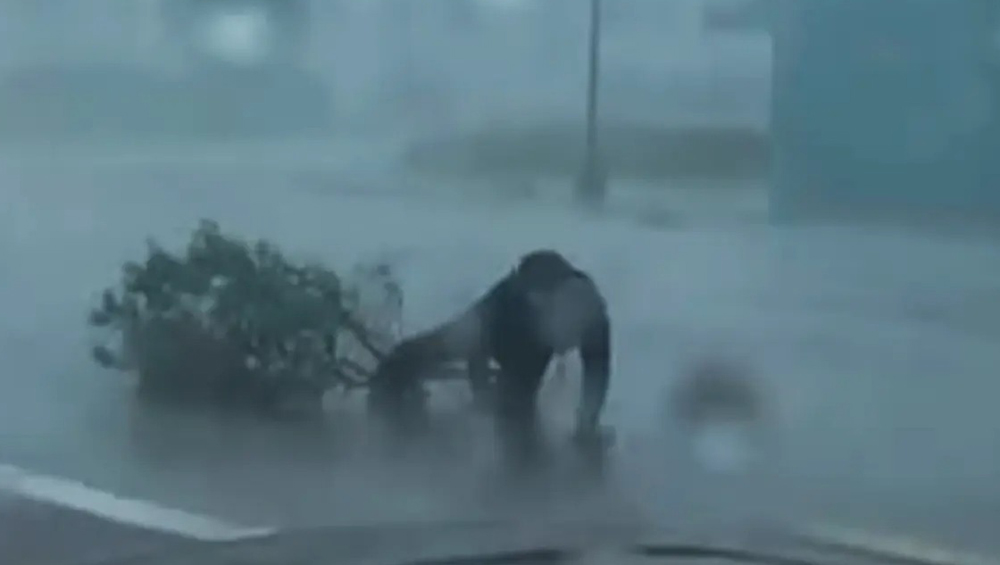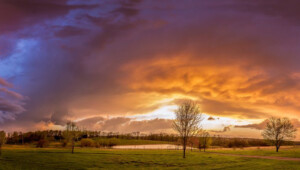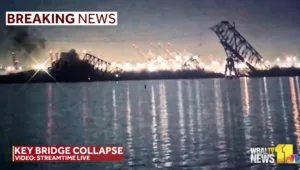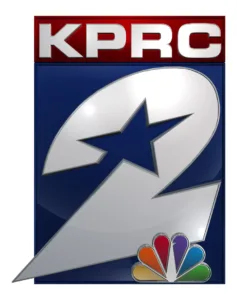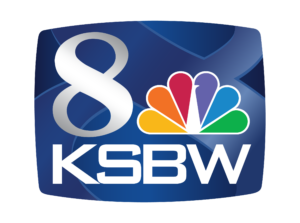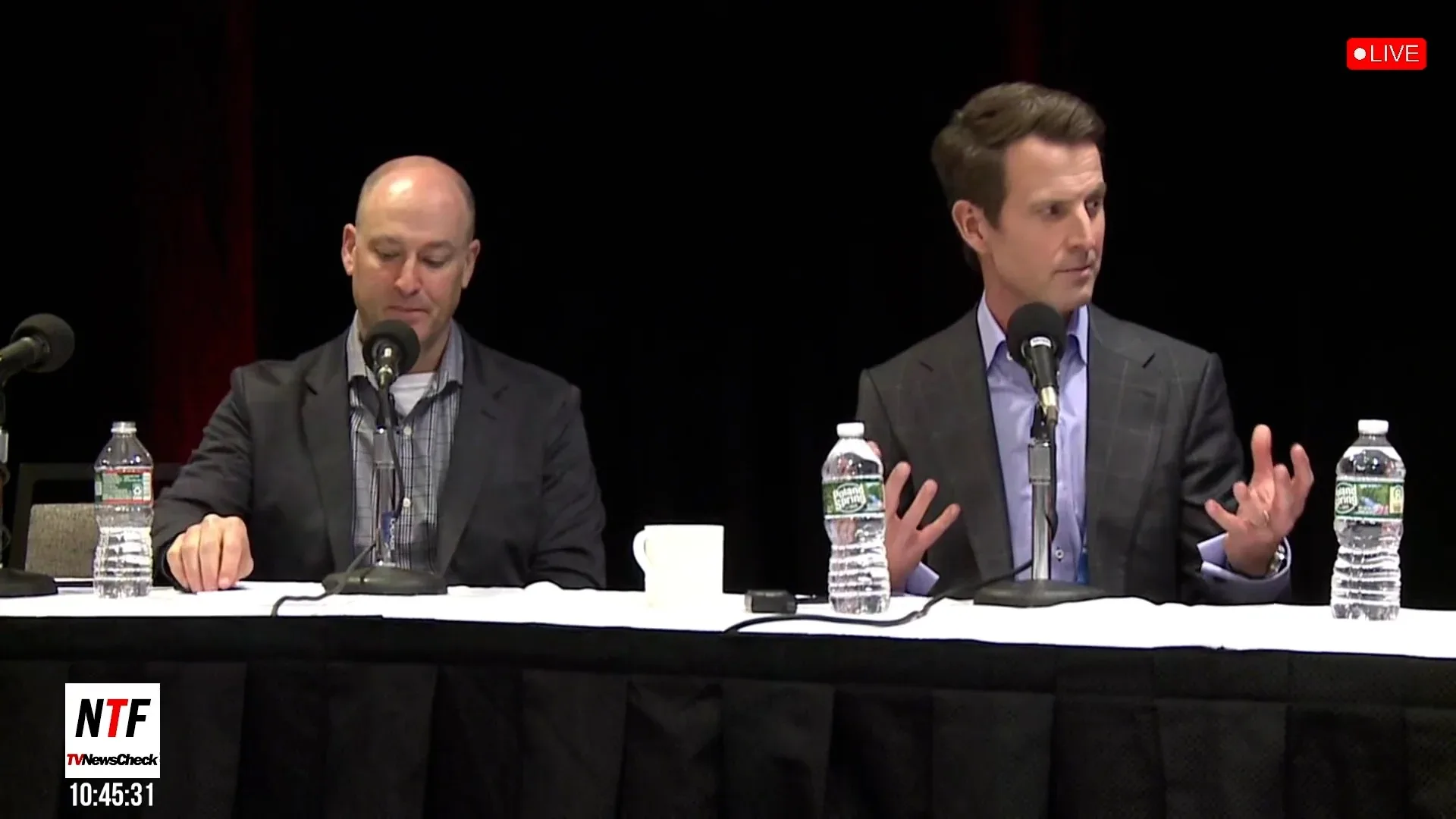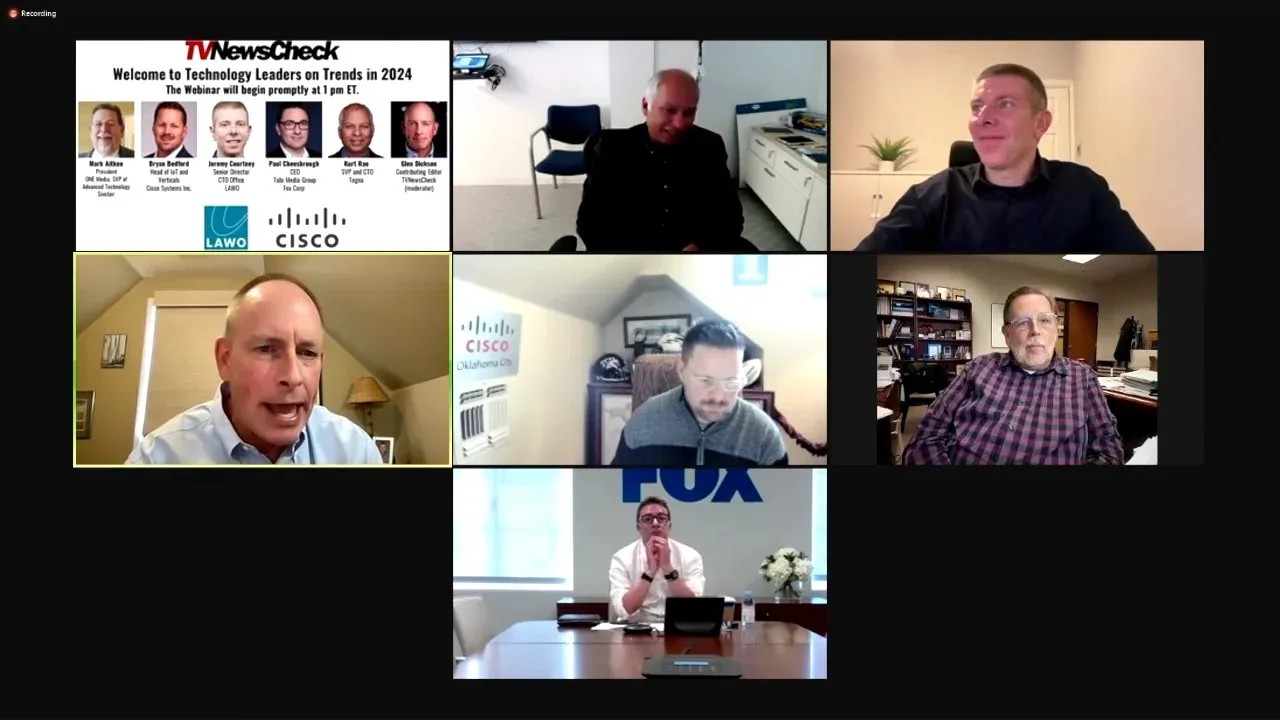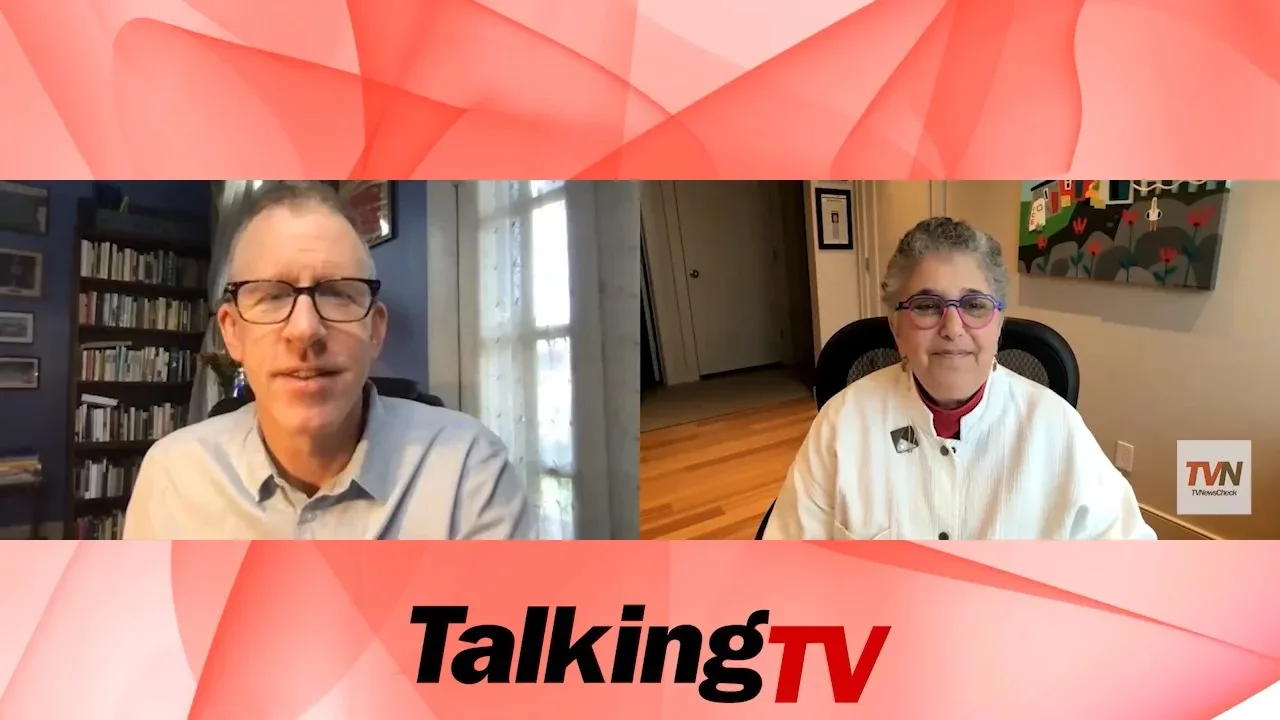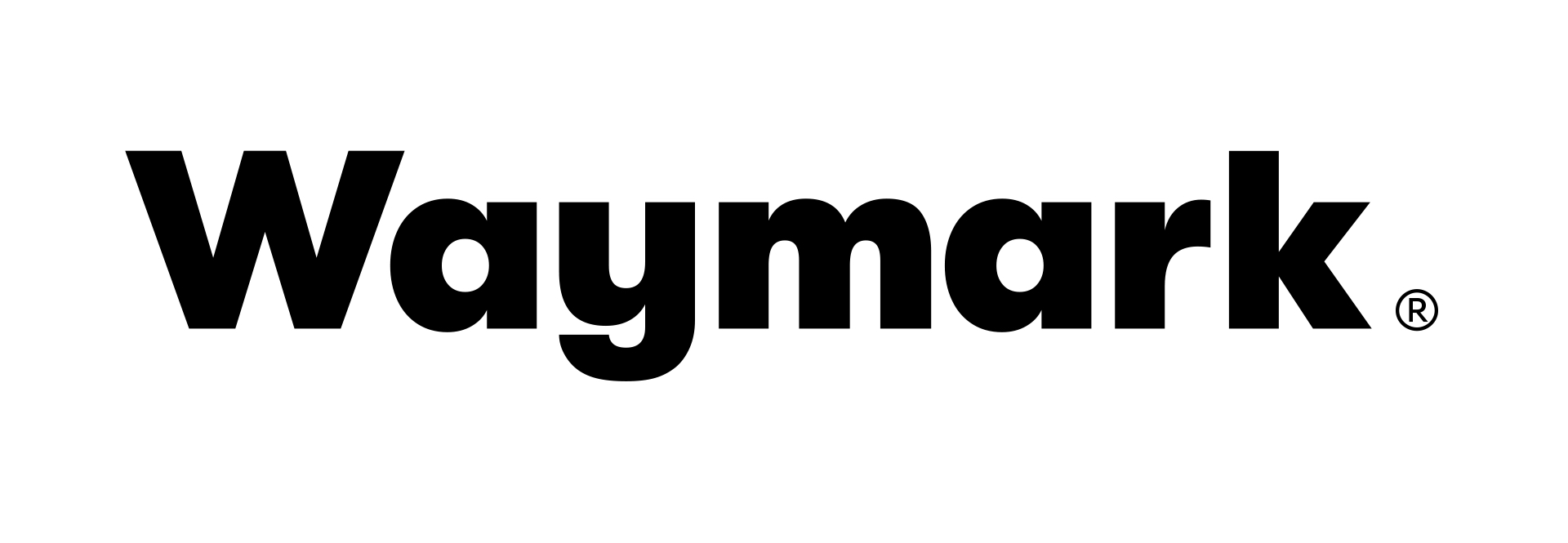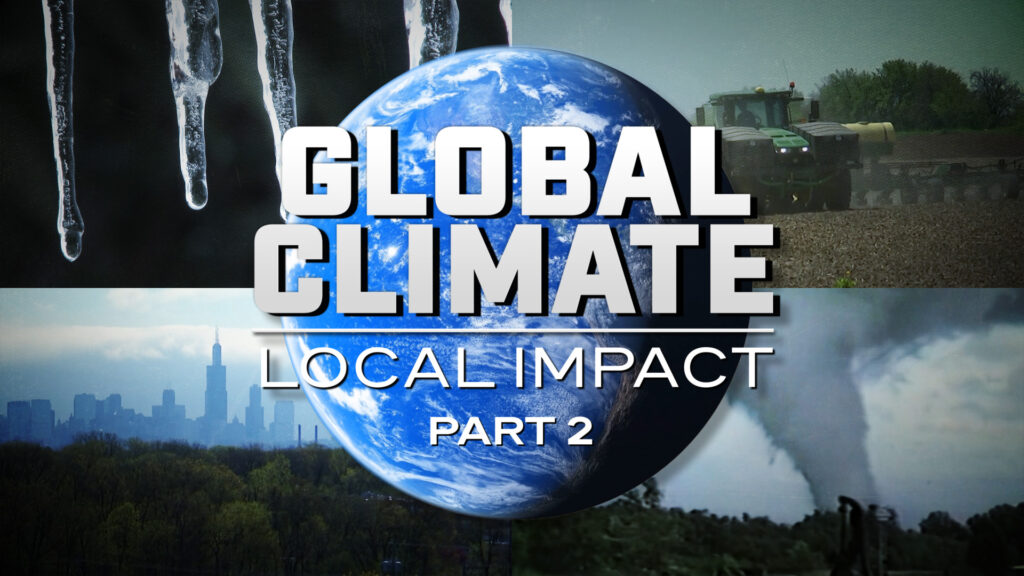It is not enough to point a camera at the fury of nature and let viewers soak in the awesome mix of water, wind and property destruction. For decades, the cliche in television coverage has been to place a reporter in the picture, letting viewers see just how dangerous the storm is. Television news people say live storm coverage is driven by more than a desire for ratings and clicks. Demonstrating the danger to viewers can deter others from venturing out in a storm, said Dan Shelley, who heads the Radio Television Digital News Association. “It is important to show it in factual and vivid terms so people understand just what they are up against,” he said. But there are ways to demonstrate the danger without placing a person in the midst of it.
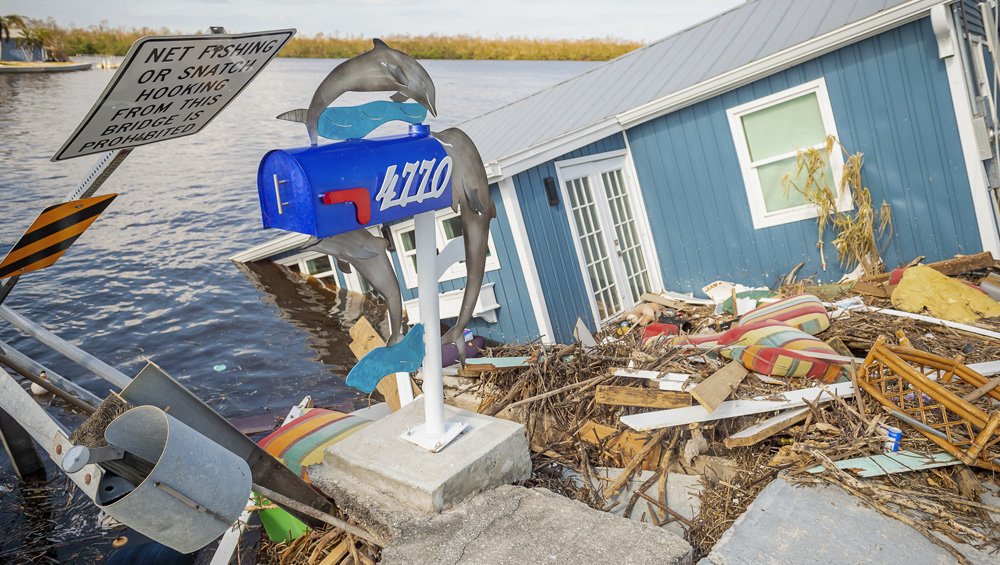
Stations were best positioned to support communities as Ian and Nicole wreaked havoc in the Southeast.
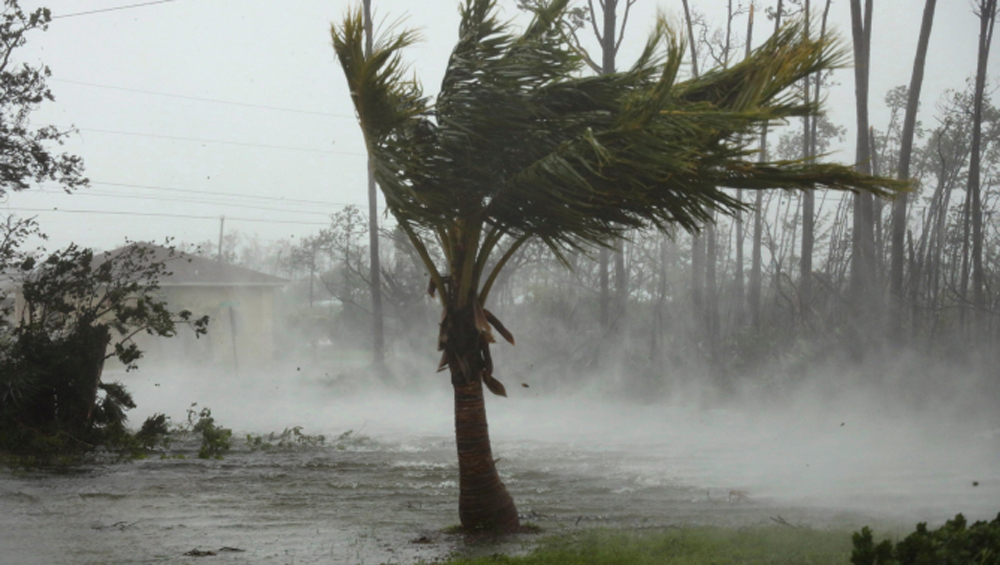
The Dorian footage from the Bahamas was a devastating reminder why local TV stations devote so many hours to covering hurricanes. The stations are supposed to provide community service, and none is greater than protecting the public. WFTV Orlando, Fla., meteorologist Brian Shields put it bluntly Sunday morning, telling viewers that his job was to keep them safe.
With Matthew, the first big hurricane to threaten Florida and the Carolinas in several years, barreling up the coast, the FCC has started its anticipatory disaster response. Commission personnel will be available, 24/7, to assist communications providers as they deal with the effects of the storm. The phone number for the Operations Center is 202-418-1122, and its email address is [email protected].
 As Hurricane Matthew prepares to hit the United States, stations in Florida like WPLG Miami (above) are covering the storm in full force, with radar loops and the red hurricane warning flags being a common thread.
As Hurricane Matthew prepares to hit the United States, stations in Florida like WPLG Miami (above) are covering the storm in full force, with radar loops and the red hurricane warning flags being a common thread.
Broadcasters As Hurricane First Responders
While some debate endlessly which content best serves the public interest, there is universal agreement that the content broadcasters air during emergencies is vital to their communities. Whether it comes in the form of tracking a developing storm so the public can prepare, or disseminating evacuation orders and alerts, broadcasters continue to serve as the bedrock of the nation’s warning system in emergencies. As Hurricane Matthew approaches the East Coast, TV and radio stations are hurrying to make sure they are in position to warn and inform their audiences of new developments.
Stations in Hawaii are in extended coverage mode today, as the islands prepare for a pair of storms — beginning later today with Hurricane Iselle, believed to be the worst storm to hit Hawaii in 22 years:
A new Hearst Television survey finds people in Baltimore, Boston and Burlington, Vt.-Plattsburgh, N.Y., depended on local stations for their weather information during Hurricane Irene.
The Weather Channel’s ratings are never higher than when a hurricane is making landfall. And all of the major television networks extended hours of news programming over the weekend; they knew that although some viewers laughed at images of reporters being blown over by winds, they were definitely watching. They were accused by many of overhyping the storm, but as the longtime anchor for NBC’s New York station, Chuck Scarborough, said on air on Sunday, “We’re in the news business. We deal in doom.”
The news networks are preparing coverage for the first major hurricane of the season, as Irene beats a path for the coasts of Florida, Georgia, the Carolinas and points north. The current projected path has the storm skirting the east coast of Florida Thursday night at Category 3 strength.


